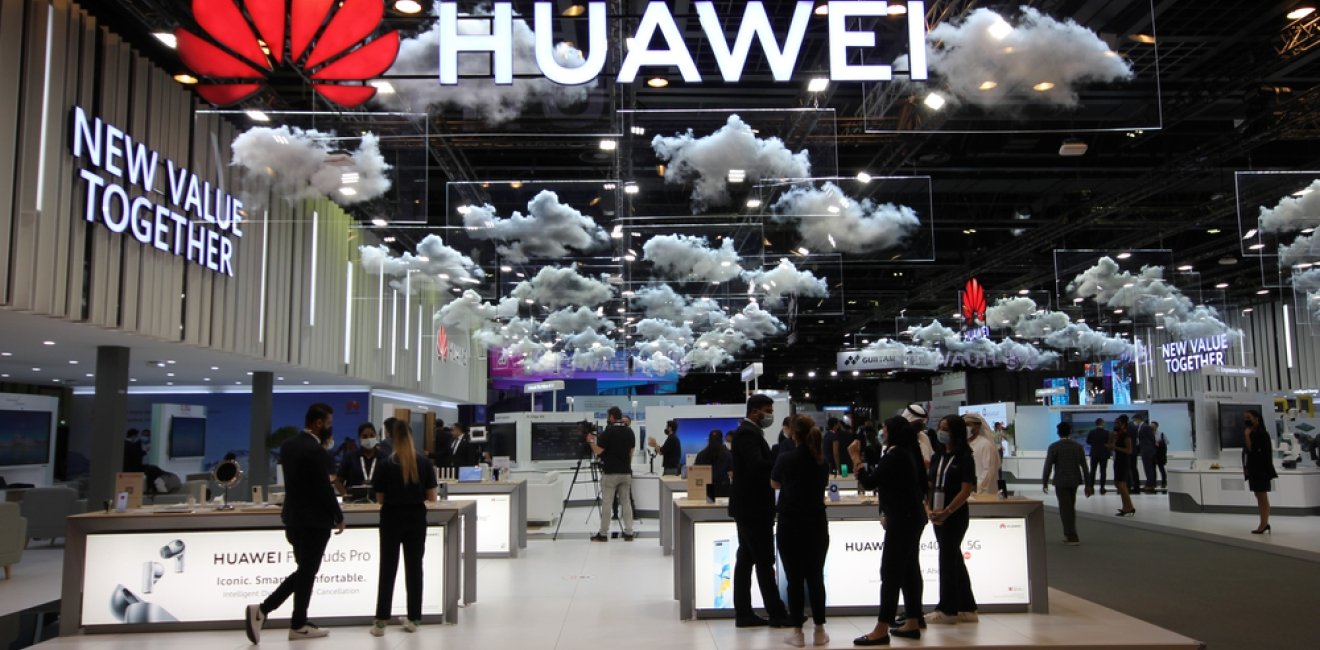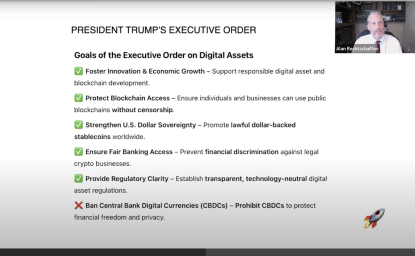China has in recent years pushed to increase its political and economic clout in the Middle East and North Africa (MENA). Chinese technology giants such as Alibaba and Huawei have established a firm presence in the region, striking a wide variety of deals with MENA governments to provide digital infrastructure. Huawei, at the end of July, signed a MoUs with Bahrain to improve broadband services in the country. This followed an agreement in May to launch Egypt’s first public cloud service in Cairo and an Arabic large language model. Chinese companies are also developing new submarine cable networks with the Gulf States, starting from Pakistan.
China’s digital forays into the MENA region are part of its Digital Silk Road (DSR), an addition to the Belt and Road Initiative (BRI). President Xi Jinping stated in 2017 that China should “intensify cooperation in frontier areas such as digital economy, artificial intelligence [AI], nanotechnology, and quantum computing….” To this end, Beijing has actively supported the expansion of Chinese tech companies in the region, reportedly providing tens of billions of dollars in financial assistance to Huawei to fuel its global rise. China also aims to promote its digital standards and internet governance model abroad. Various MENA countries, including Egypt, Saudi Arabia, and the United Arab Emirates (UAE), have signed DSR MoUs.
Cloud competition heats up
As more and more people connect to the internet and the region’s digital economy is growing, the question of where to store data has become a lucrative business for Western and Chinese technology firms alike. As data storage and other services are increasingly available via cloud computing, i.e. via the internet, technology companies like Amazon Web Services (AWS) and Alibaba have signed contracts to build the infrastructure enabling cloud computing in MENA.
All major Western tech companies have set up cloud regions in MENA. AWS and Google have each established three cloud regions, while Microsoft has set up four of its Azure cloud regions. Oracle has launched five commercial cloud regions since 2020 and IBM has set up data centers in Egypt and the UAE.
China’s Alibaba has launched one cloud region in Saudi Arabia and one in the UAE, while Huawei operates one cloud region in Egypt and one in Saudi Arabia. Chinese tech giant Tencent announced in March that it is planning to expand its cloud business in Saudi Arabia and the UAE.
Competition over the MENA region’s cloud market is expected to ramp up, as all major cloud operators have indicated expansion plans.
Competition over the MENA region’s cloud market is expected to ramp up, as all major cloud operators have indicated expansion plans. The Gulf will remain a key focus in this regard, as Saudi Arabia and the UAE have announced ambitious plans to deploy AI initiatives to diversify their economies. Management consulting firm McKinsey estimated that cloud services in 10 MENA countries “could generate value of as much as $183 billion by 2030—the equivalent of roughly 6 percent of the region’s current GDP.”
China’s quiet strategy
The Digital Silk Road is only one part of Beijing’s larger agenda. While China is becoming increasingly confrontational in its immediate periphery, particularly in the South China Sea, Beijing is pursuing a much quieter strategy in the Middle East. The first years of the BRI in Middle East states were characterized by major infrastructure, energy and industrial projects backed by loans from its own state-owned companies such as the Export-Import Bank and other credit institutions.
For example, Chinese consortia were involved in the expansion of the Suez Canal in Egypt and the development of a new port in Duqm, Oman. At the same time, Chinese companies expanded their influence in the raw materials sector: Over a third of Iraq’s oil and gas fields are now managed directly or indirectly by Chinese companies such as CNPC or CNOOC. Through projects like these, Beijing invested more than 200 billion US dollars in BRI projects between 2013 and 2019, with countries such as Iran, Egypt, and Pakistan being the main targets of the investments.
Beijing’s goals with the BRI in the Middle East include reducing economic overcapacity at home (particularly in the construction sector), securing access to strategic energy resources, and establishing itself politically as a new regional partner. Just 10 years after its launch, it became clear that the BRI strategy had largely paid off; by 2023 China became the most important trading partner of almost all countries in the region, while Confucius Institutes can now be found in Tehran, Cairo, and Riyadh.
Beijing’s newfound confidence
China is also noticeably expanding its influence in the security policy landscape in the region. In addition to weapons and armaments technology from older systems, China's arms industry is also increasingly present at regional security trade fairs such as IDEX in Dubai with the latest generation of products. China's Digital Silk Road is playing a decisive role in this context. As IT networks, cloud regions, and other digital infrastructure form the backbone of our modern economic and security infrastructure, it makes perfect sense for China to gain a stronger foothold in the region. From a security policy perspective, surveillance software, drone systems, land and undersea data cables, and relay stations play a particularly crucial role here.
For the last two years Chinese manufacturers have been able to challenge western companies with competitive products.
For the last two years Chinese manufacturers have been able to challenge western companies with competitive products. In the drone segment, the UAE alone ordered more than 500 drone systems between 2010-2024, more than a third of which were placed with Chinese manufacturers such as AVIC or CASC. Chinese companies have also been able to expand their influence in the software and hardware sector for surveillance and security technology. Partly in cooperation with Emirati companies, Chinese providers such as Huawei, iS00N, and Chengdu404 have supplied technology for personal surveillance and IT espionage to governments in the UAE and Saudi Arabia since 2019.
China’s increased involvement in upgrading MENA’s digital infrastructure has further implications from a digital perspective. China’s internet governance model stands in stark contrast to the model the EU and the US promote on a global scale. China, according to a recent MERICS report, has become a “major driver” of the internet’s fragmentation, “as it is creating de facto barriers in its pursuit of making the internet ‘secure and controllable.’” The EU and US meanwhile are among the 70 signatories of the Declaration for the Future of the Internet, which stresses the importance of an “open, free, global, interoperable, reliable, and secure Internet.”
China’s efforts to promote its internet governance model in MENA hark back to the past decade. Beijing reportedly has hosted media officials from states such as Egypt, Jordan, Saudi Arabia, and the UAE for sessions on censorship and surveillance, according to Freedom House. The NGO links China’s efforts to promote its governance model to the rise of digital authoritarianism around the world.
While vehemently denied by Chinese technology companies such as Huawei, there remain concerns voiced by security experts and Western governments that the digital infrastructure deployed in MENA and elsewhere poses a threat to data security and privacy, and that the Chinese state could use the digital infrastructure for espionage purposes.
Recommendations to policymakers
China will continue to play an important role in the region’s digital transformation going forward, as various MENA governments see reaching agreements with Beijing not only as a cost-effective way to upgrade infrastructure but also as a means to diversify its reliance on the US. Nevertheless, there are several steps that Western policymakers can take to counter Beijing’s malign influence in the region.
A key measure to slow China’s growing influence is to offer alternatives that are competitive from an economic point of view and also promote an open internet governance model.
A long-term measure should be the expansion of global infrastructure initiatives with digital elements, such as the EU’s Global Gateway strategy and the G7 Partnership for Global Infrastructure and Investment, with a focus on trusted networks. A key measure to slow China’s growing influence is to offer alternatives that are competitive from an economic point of view and also promote an open internet governance model.
Such efforts should also be backed by development financing offers and partnerships with private sector technology companies. The EU and the US can use their longstanding ties in areas such as trade and security to lobby regional governments to focus on installing digital infrastructure from trusted vendors and guarantee digital rights.
Given the shared interests of the EU and US in supporting MENA’s digital transformation, both sides of the Atlantic should improve their cooperation in this field to work together in a more coordinated fashion to allow for a more efficient allocation of resources and avoid duplication of efforts. The EU-US Trade and Technology Council could serve as a possible forum in this context. The US government's initiative with the help of Microsoft to develop new offerings in the area of chips and cloud systems can also be a good starting point for further cooperation with European manufacturers.
Despite Beijing's increasing influence in the region, China’s strategies are also prone to error and not all Chinese projects are successful. This offers opportunities for Western governments and companies to establish themselves as more trustworthy partners in the digital realm.
The views represented in this piece are those of the authors and do not express the official position of the Wilson Center.









